It has been a tremendous year for children’s non-fiction literature from little old Aotearoa. Here’s our last batch of reviews for 2019, where bookseller and editor Briar Lawry checks out some marvellous marine titles and a graphic memoir that has completely stolen her heart.
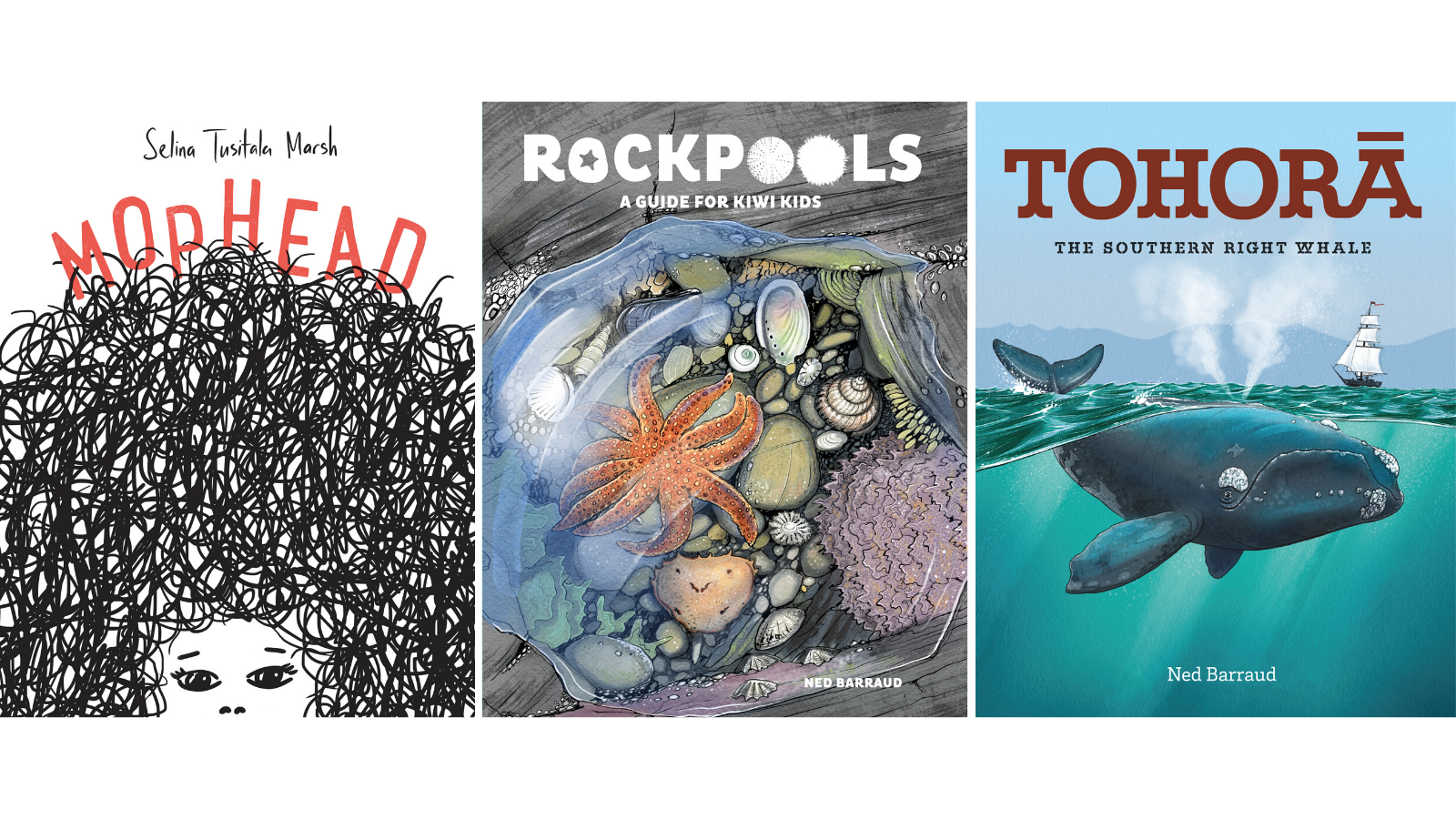
Mophead, by Selina Tusitala Marsh (Auckland University Press)
When I heard that Selina Tusitala Marsh was writing a graphic memoir, I’m not quite sure what I expected. I knew it was something I’d be interested to read – I love her work, and I love a graphic memoir, so what else was I going to feel other than anticipation? But when I first got my hands on a copy of Mophead I was immediately obsessed, completely and utterly infatuated.
That cover! A hardback, creamy matte stock with debossed title and that magnificent head of hair. It’s beautiful to hold, with great dimensions to do the pictures justice without being unwieldy. The paper inside is high quality too, heavy with poetic purpose. Selina’s little avatar dances and cartwheels and mops her way through the front matter of the book, before launching into the story proper. A story of how a young afakasi girl called Selina went from being teased at school to being one of the most celebrated poets of Aotearoa and, in fact, the whole Commonwealth.
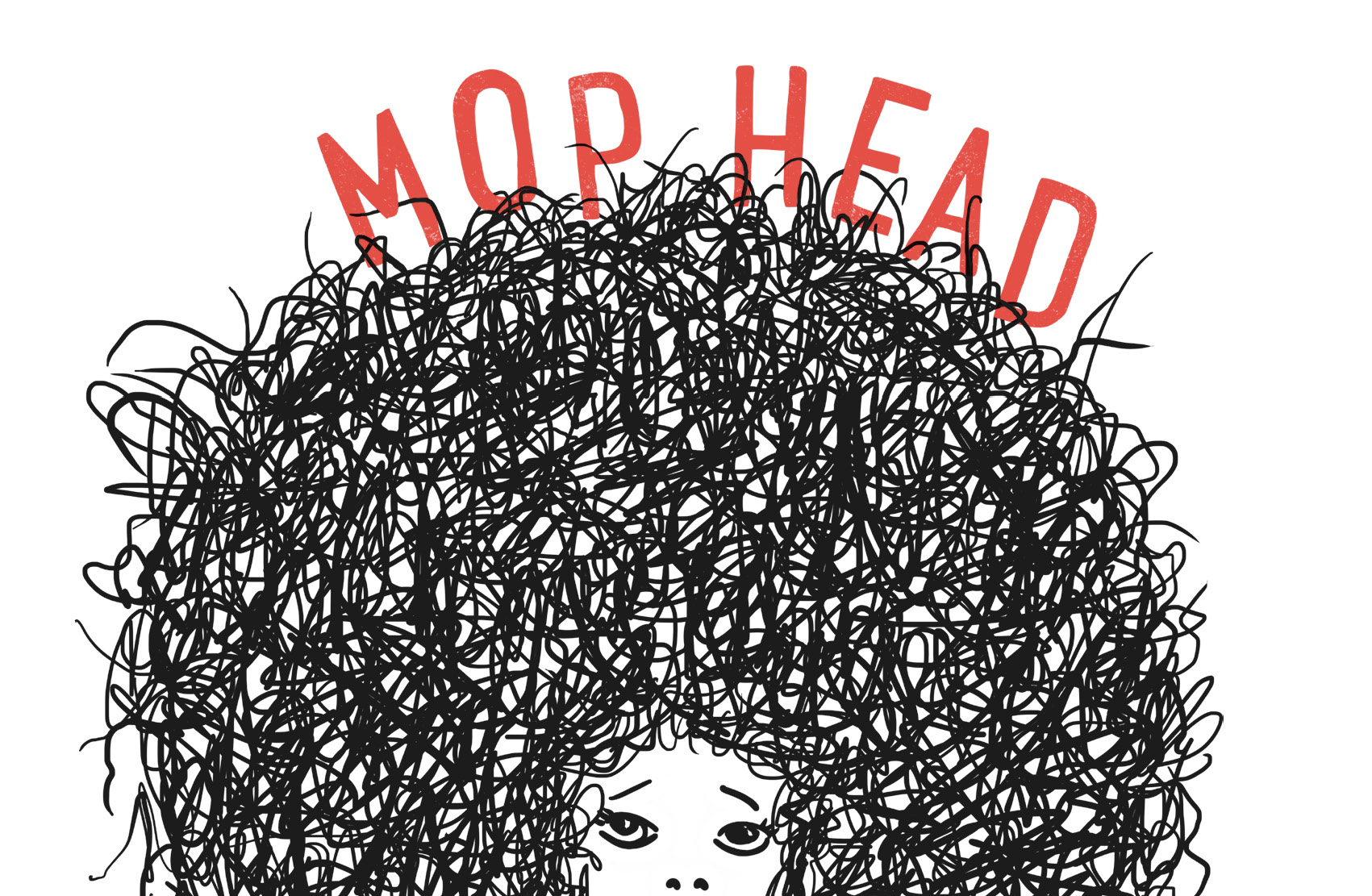
A poet doesn’t stop being a poet just because they aren’t writing a ‘poem’. Her language is playful and joyous, and matter-of-fact when it needs to be. Selina’s writing is always lyrical and full of movement and colour – and, as it turns out, so is her visual art. Yes, there’s a limited palette – black, greys and red – but somehow it feels as colourful as if she’d gone for the full rainbow. There’s so much energy in her illustrations, and if you didn’t already know about Selina’s love of Spike Milligan’s Badjelly The Witch, you’d be able to tell after flipping through a few pages of Mophead.
I don’t want to go into too much detail of the story itself, because it deserves to be enjoyed in full. But Sam Hunt plays a critical role, Elizabeth II and Barack Obama both put in appearances, and both mops and tokotoko make for wonderful recurring motifs. There’s learning, there’s educating, and perhaps above all, there’s an underlying message of possibility.
Selina celebrates her own achievements and those of other wāhine of the Pacific who have used the medium of poetry to tell their stories. I learned the names of women I may not have otherwise come across, and I look forward to getting into their work in the future. There are different Polynesian languages peppered into the book, reflecting Selina’s own heritage and the different worlds that she walks in as a woman whose roots are from Sāmoa, Tuvalu, New Zealand, Scotland, England and France. She is the very model of a modern poet laureate.
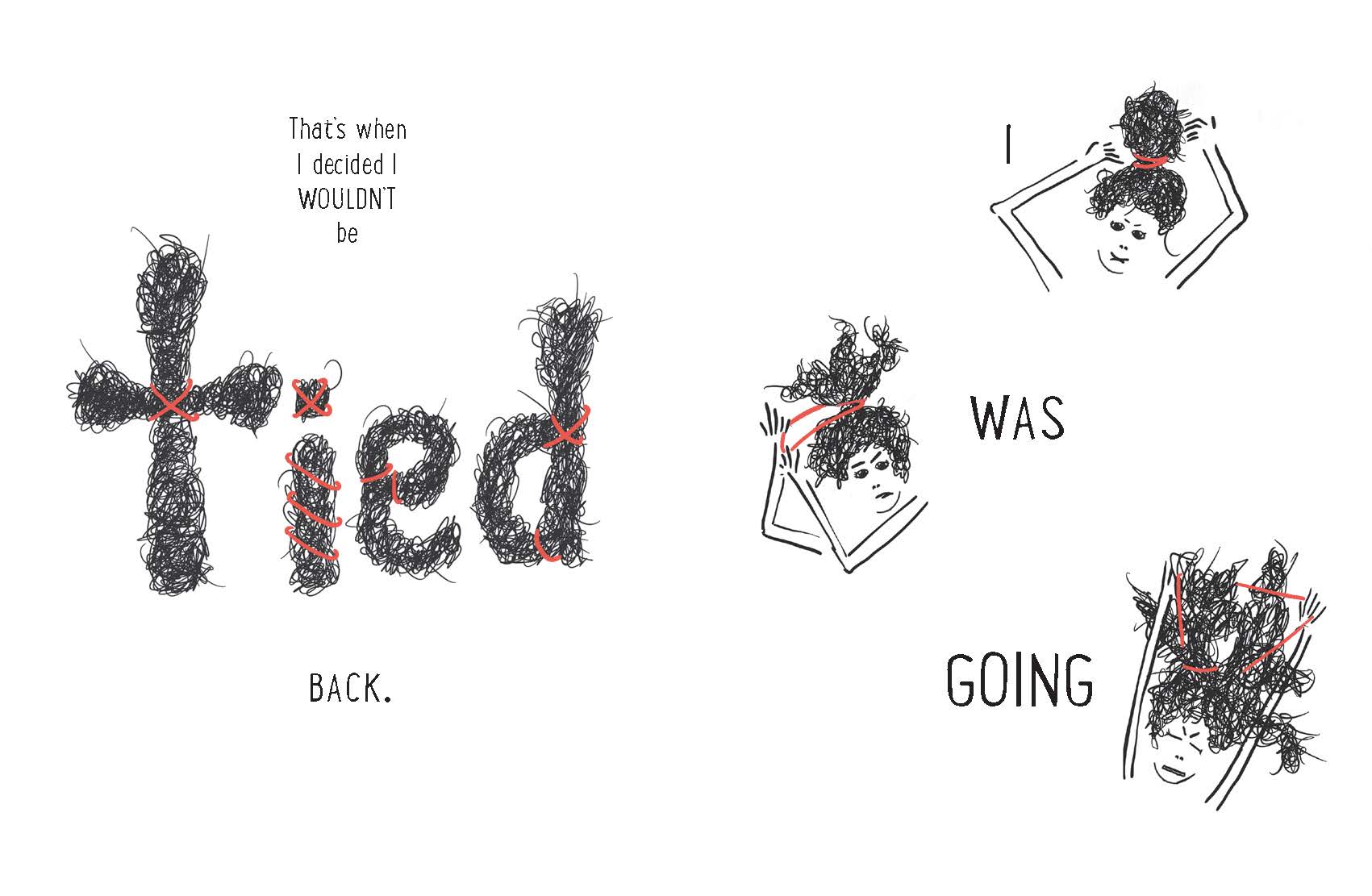
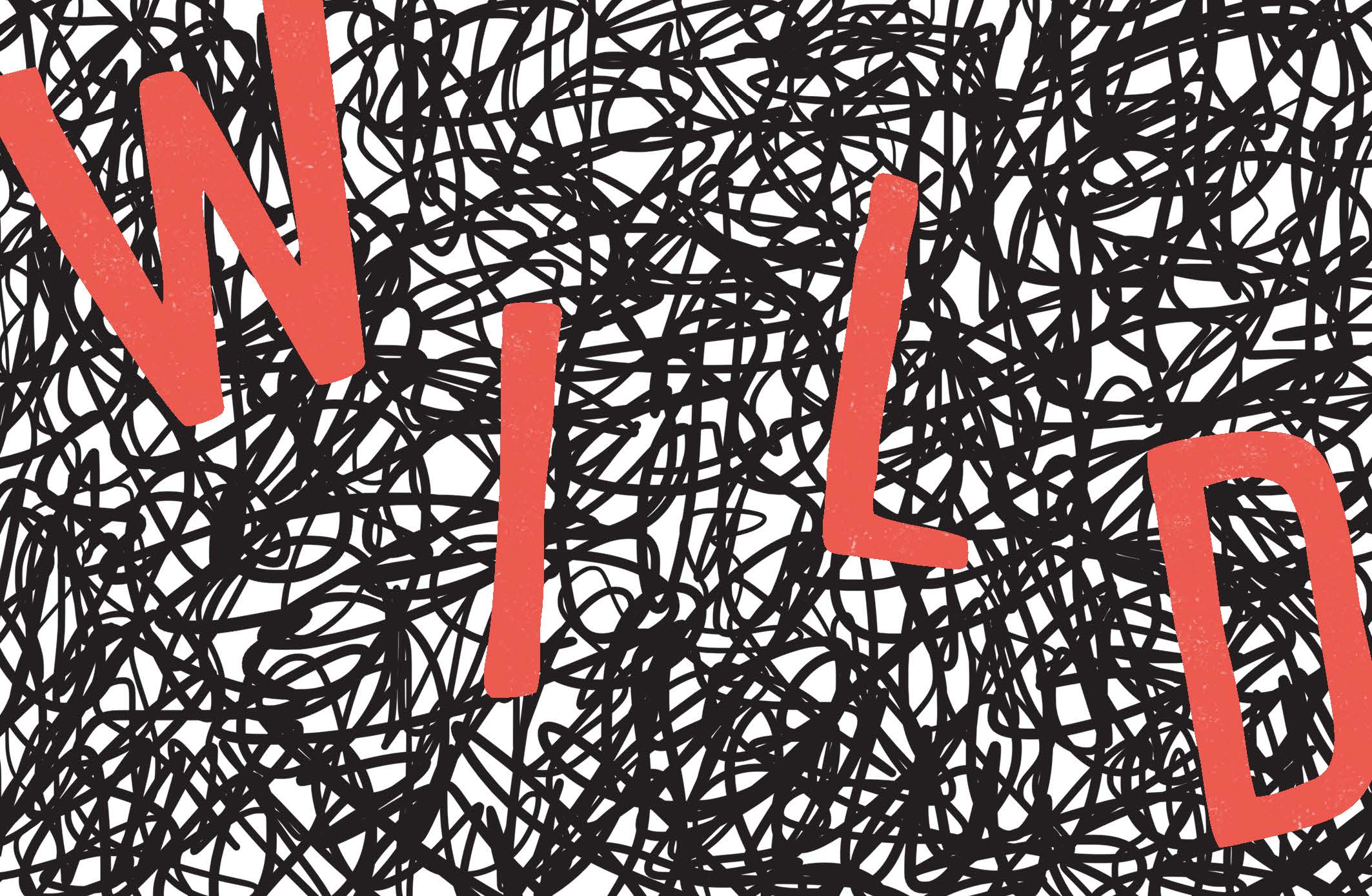
Mophead is an absolute treasure of a book, and there’s no beating around the bush on that front. When pressed as to what my top book of the year is – an occupational hazard in my line of work as a bookseller and editor – Mophead is my go-to pick. Of course, different criteria can be applied to these questions and any number of excellent books could have a case made, but the reality is, whenever I see Mophead, it makes me smile, and in a soulful, non-trivial kind of way. And you’ll be inspired to let your hair out, and embrace your inner passionate poet, that much I can say for sure.
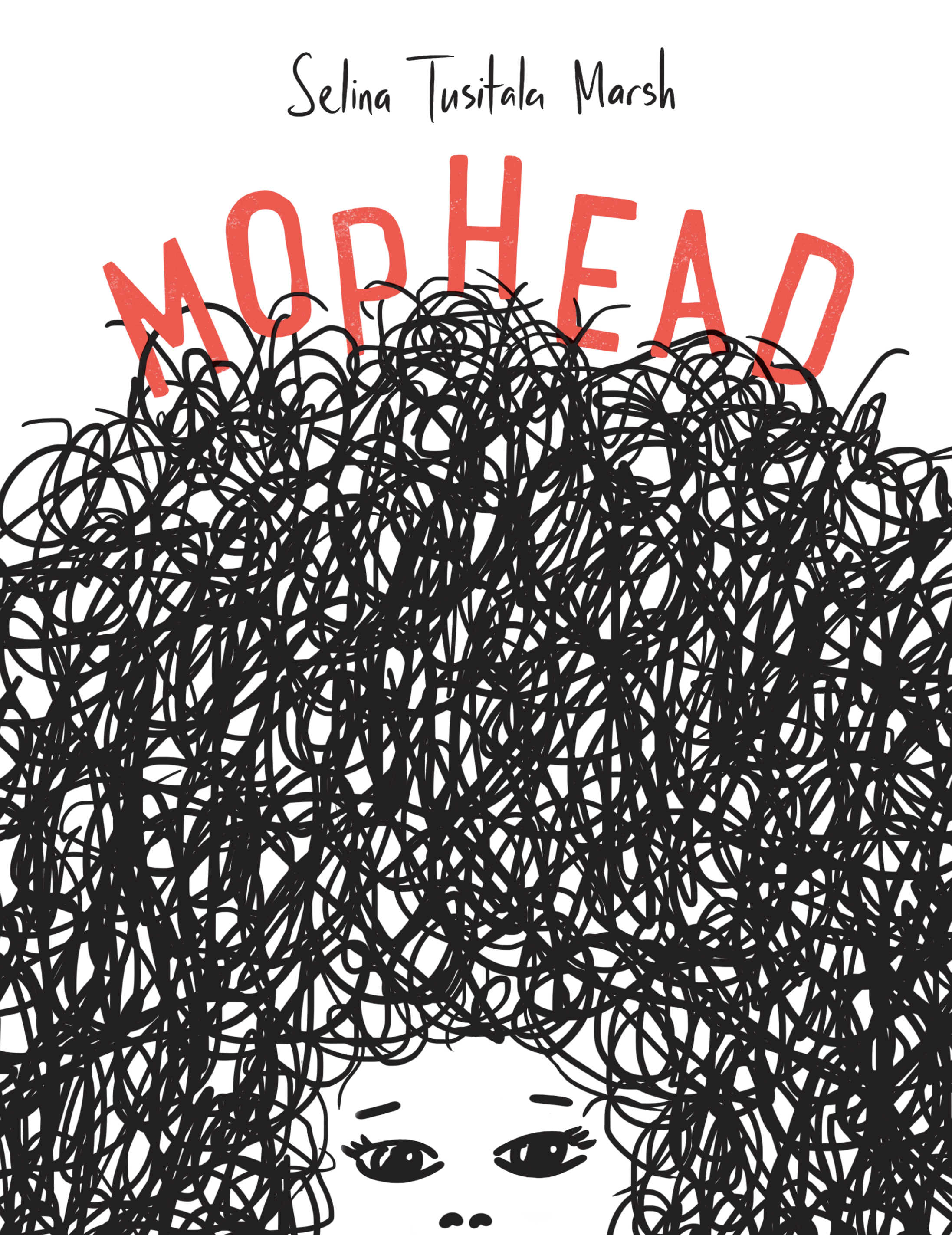
Ned Barraud has been a busy man. Last year, he wrote and illustrated the NZCYA finalist title New Zealand’s Backyard Beasts. This year, he’s back with not one but two beautiful new books of the maritime non-fiction variety.
As with Mophead, the production values of both titles are exemplary – Potton & Burton are always reliable on this front. These folks don’t cut corners on their kids’ titles, reliably offering both hardback and paperback options on their new releases. This is a great way to ensure books can be purchased that are suitable for as many purposes as possible, whether it’s library longevity, gift appeal, slimness for postage or just having an accessible price point.
The enhancement that good design and production values adds to a book really can’t be underestimated – something that is always good for publishers to remember. Potton & Burton, however, need no chivvying. I received a hardback copy of Tohorā and a paperback copy of Rock Pools and both are well made. I’m always a sucker for a beautiful end paper, though, and Tohorā serves one up in the form of a dreamy mottled sea green with little white cap waves emerging.
Tohorā: The Southern Right Whale, by Ned Barraud (Potton & Burton)
Tohorā is a great example of natural world non-fiction for the middle reader age group. While I love an encyclopaedia or fact-packed book as much as the next trivia fiend, there’s something lovely about something the fact that this has more of a story to it, something that flows as you read it. This flow really hits its stride a few pages in, when the focus turns from basic biology and habits to the tohorā’s history at the hand of humans.
You may know I’m a stickler for appropriate integration of te reo Māori kupu into English language writing. Tohorā is the name given preference throughout the book, with southern right whale only used rarely, such as in a brief reference near the start of the history component, explaining the name ‘right’. (For interested parties, it’s apparently due to the fact that they were considered the ‘right’ whale to hunt, for various reasons you’ll have to read the book to find out.)
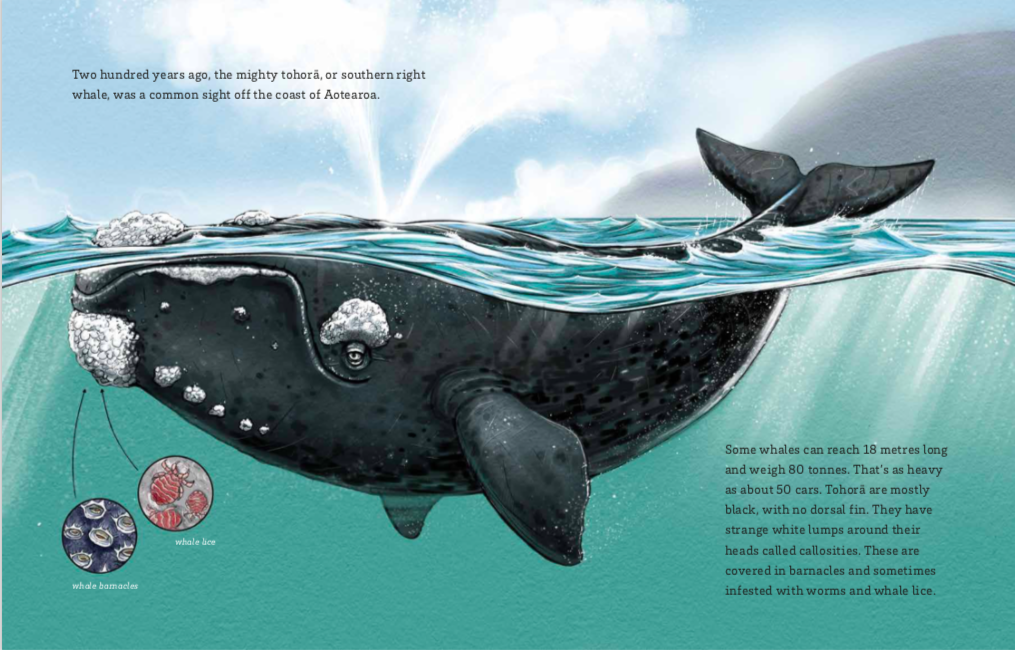
It’s not necessarily the book I expected when I received it. I thought it would be a fairly standard nice little animal book, but instead, it provided a remarkably no-holds-barred picture of whaling in the waters of early colonial New Zealand. It’s done in a way that is age appropriate in terms of language and vividness, but is still chilling and effective in getting the message across. This isn’t a book about whales, not really. It’s about whaling. It’s a picture of an industry and a period of time as much as it is a book about a marine mammal, and it brings the challenges faced by the tohorā and those determined to fight for their rights through to the modern day.
Ned Barraud was inspired to create this book by the arrival of a tohorā in Wellington Harbour in July 2018, and this event features as something of a coda to the book. It is something to cement the story’s fragments of hope that the future for this magnificent mammal may be brighter than it may once have looked. He has had a successful relationship with Potton & Burton for some time now, and his natural world illustration is always wonderful. It is grounded in realism, but there’s beautiful artistry as well. It’s the perfect melding of whimsy and accuracy for a children’s non-fiction book.
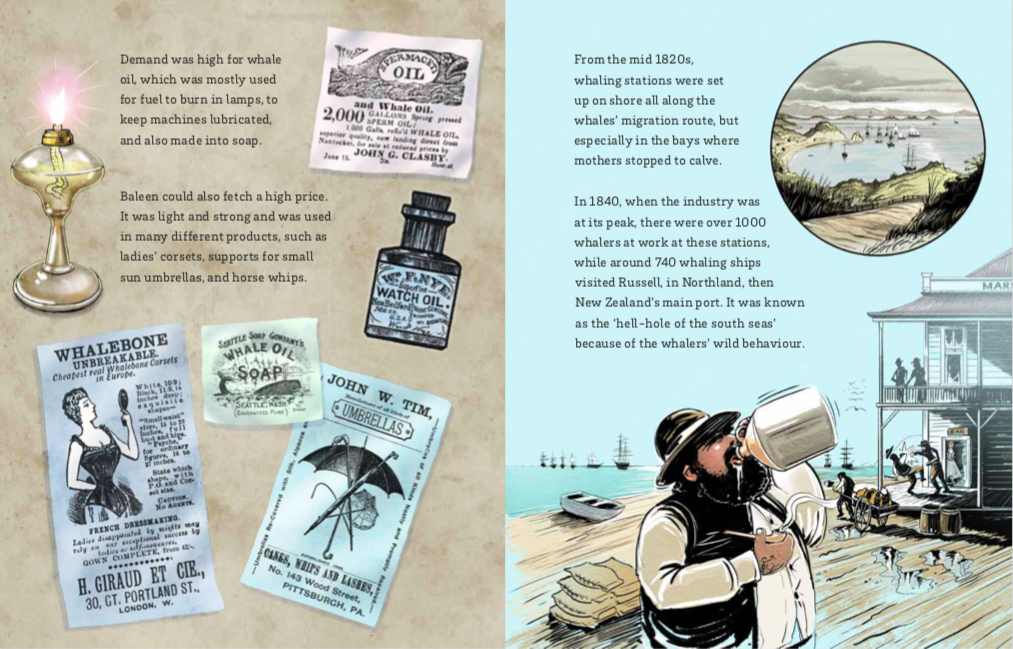
Tohorā is a beautifully illustrated book on a topic that will be of interest to animal lovers and history buffs alike, but maybe make sure your young reader is ready to handle a book that doesn’t shy away from death and difficulty and the nasty things that humans of history have done.
Rock Pools: A Guide for Kiwi Kids, by Ned Barraud (Potton & Burton)
Rock Pools is a friendlier book than Tohorā, and one suitable for readers (or book/picture enjoyers) of any primary or pre-school age. We go exploring around quintessential Aotearoa rock pools, encountering all kinds of critters along the way.
Common usage wins out as far as naming goes – most creatures stick with English names, but pāua and kina are notable Māori names included. The illustrations are, like in Tohorā, pitched just right for the audience and goal of the book. Creatures who look different depending on various circumstances – such as whether they are underwater or not, whether they are feeding or closed – are drawn in both depictions. Anemones, barnacles and kina all get that treatment, which is a great inclusion to ensure that readers are well informed into all the different things that they could possibly be looking at in their next rock pool prowl.
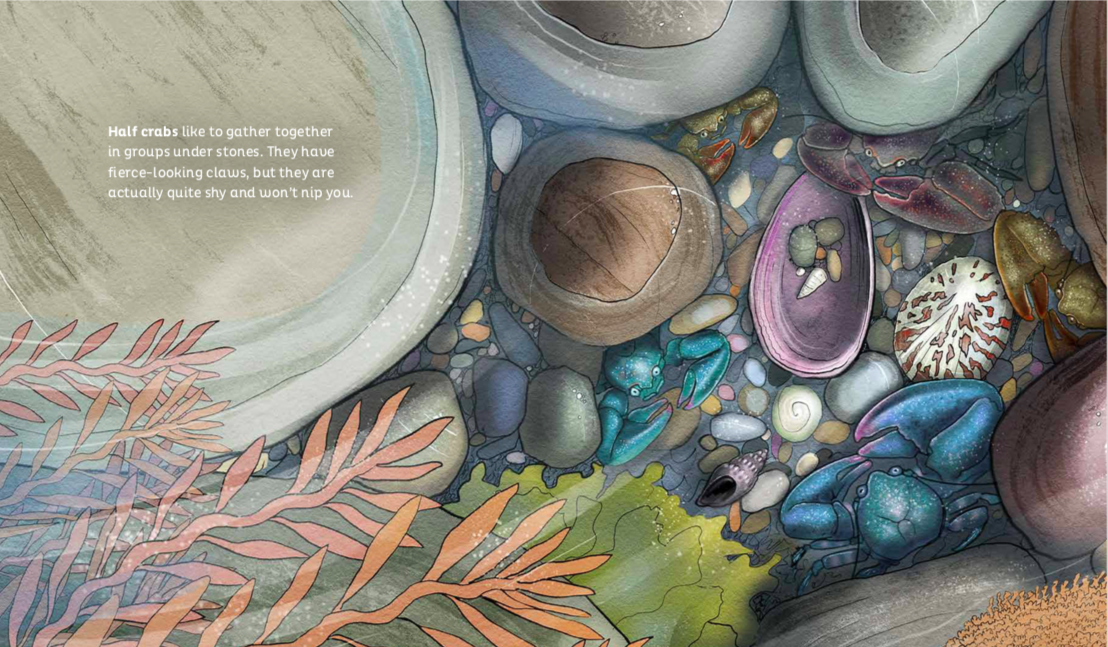
The book cautions patience at the beginning for anyone exploring rock pools, which is definitely a wise reminder. I can remember beachcombing as a kid and being disappointed if it wasn’t the right time in the tide cycle for the rock pools to come to life – some things are eternal for kids of any age and generation!
We’re also reminded not to be frightened of some of the creatures that can seem a little scary – a half crab with ‘fierce-looking’ claws is introduced early in the piece, but we’re quickly reassured that they have no interest in nipping us. Our fascinating friends under the sea are very much in vogue right now, and between books like this one and Things In The Sea Are Touching Me! we will hopefully have a whole lot of curious children willing to take a chance on being inquisitive around our beaches.
The book is subtitled ‘A Guide for Kiwi Kids’, which isn’t inaccurate, per se, but in the non-fiction sphere, ‘guide’ is quite a specific term that doesn’t quite apply to this book. To me, a ‘guide’, even one for children, is something a little more extensive in its information and more straight-to-the-point in its delivery. I had copies of What’s On The Beach? and What’s Around The Rocks? by Glenys Stace as a primary-aged kid that I pored over, comparing the sizes and habitats and examining the distribution maps to see if these molluscs and crabs were things that I might encounter on my local south-east Auckland beaches.
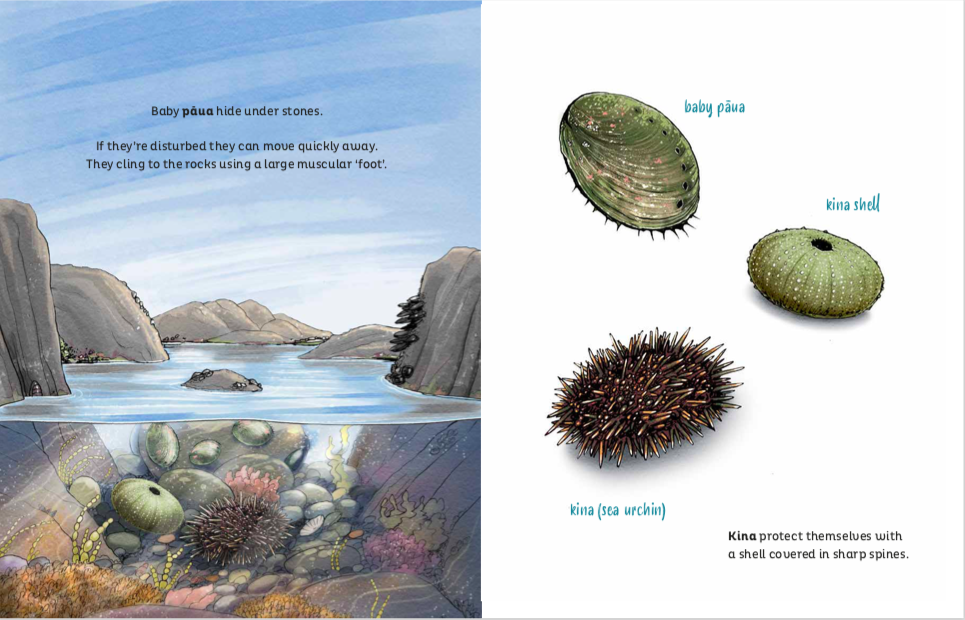
But that’s a minor quibble, and a semantics one at that. Regardless of whether it’s a guide or not, this is a delightful book that can introduce Kiwi kids to all kinds of creatures that they can then encounter in their own time, with approachable language and wonderful illustrations.
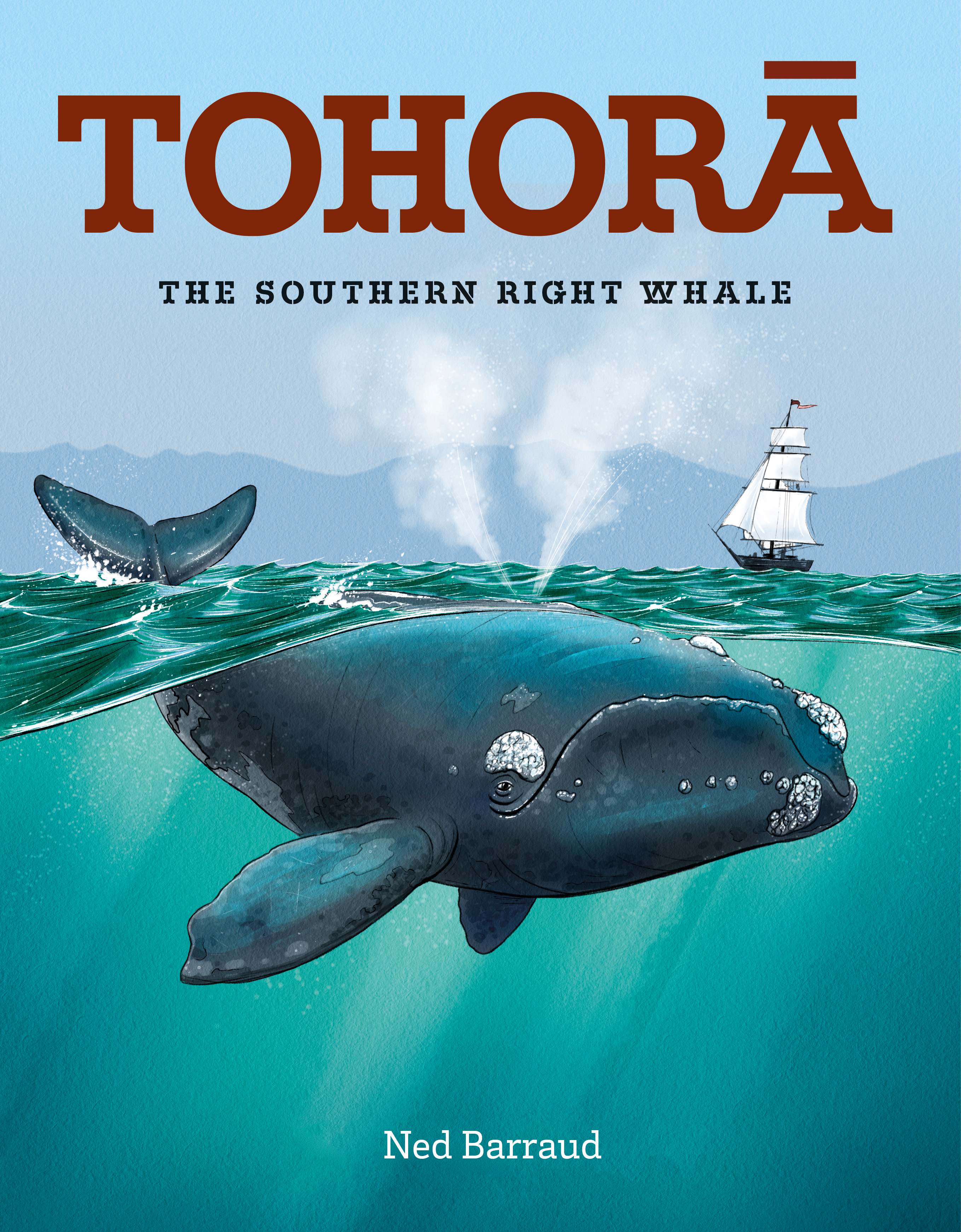
Tohorā: The Southern Right Whale
by Ned Barraud
Potton & Burton
RRP $20 (paperback) / $30 (hardback)
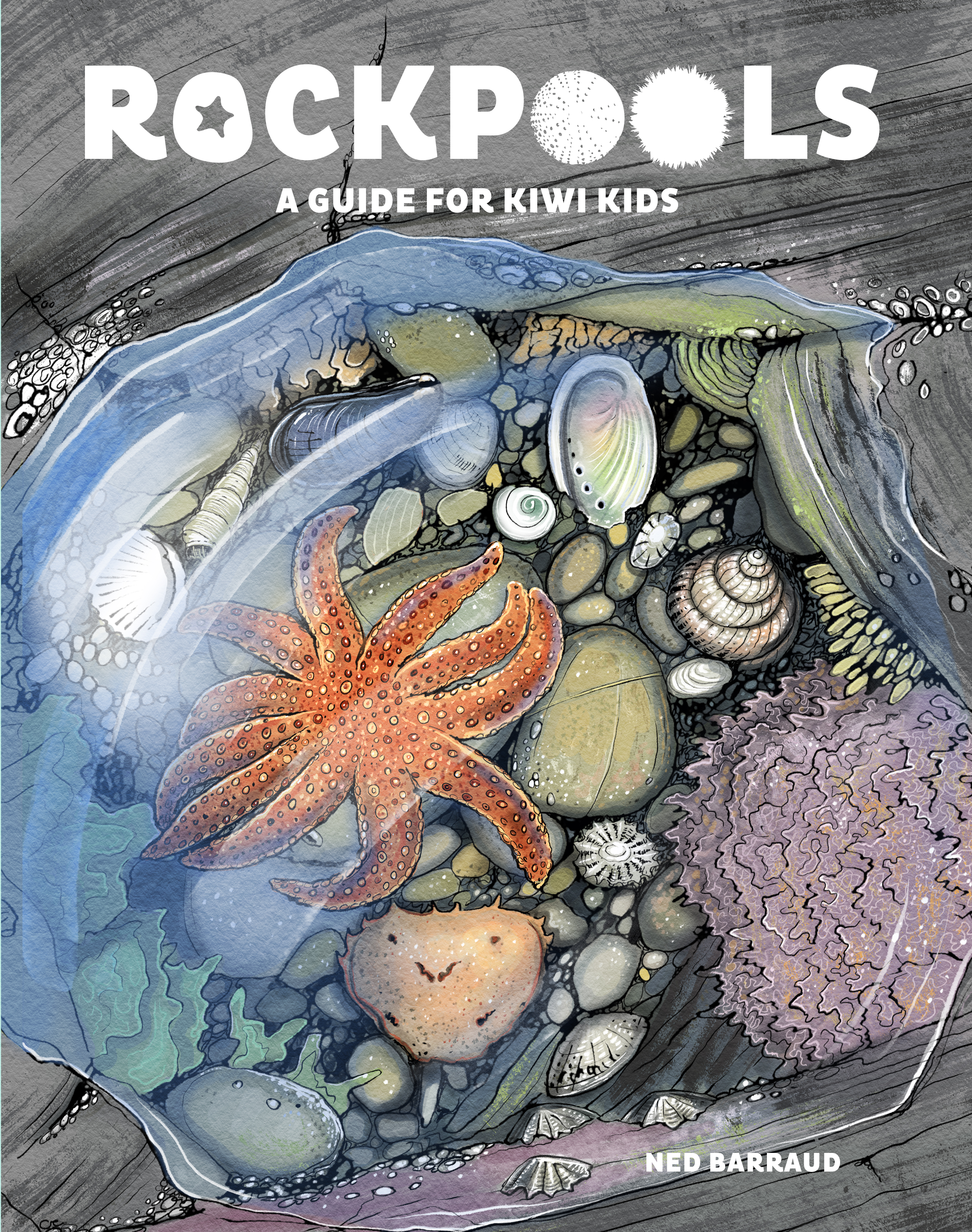
Rock Pools: A Guide for Kiwi Kids
by Ned Barraud
Potton & Burton
RRP $20 (paperback) / $30 (hardback)

Briar Lawry is an English teacher and writer from Tāmaki Makaurau. She worked in bookshops for years, most notably Little Unity, and judged the NZCYA Awards in 2020. She was also one of the editors of The Sapling between 2019 and 2023.



